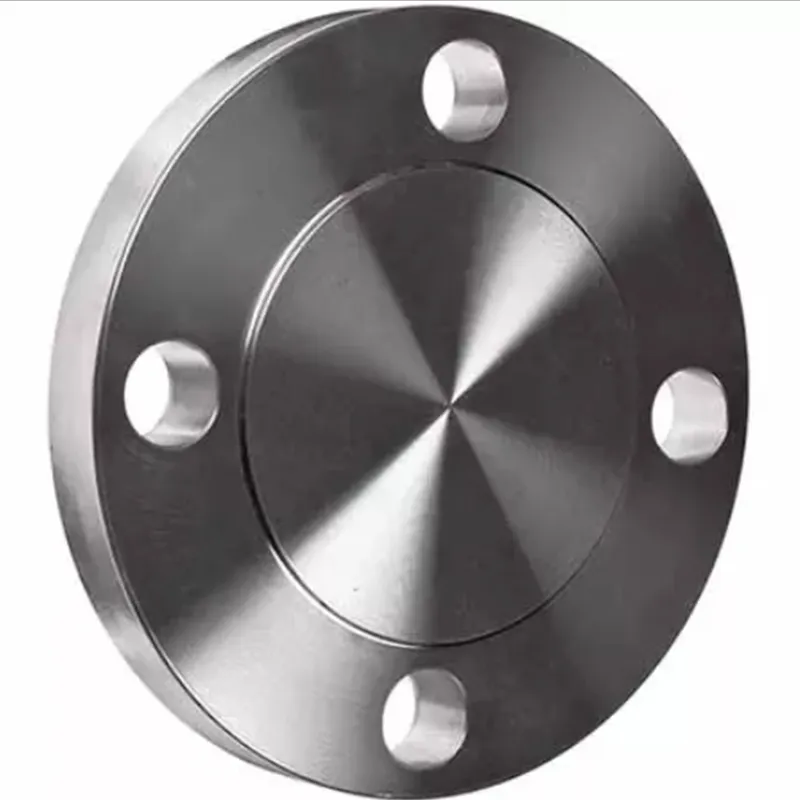-
Cangzhou Yulong Steel Co., Ltd.
-
Phone:
+86 13303177267 -
Email:
admin@ylsteelfittings.com
- English
- Arabic
- Italian
- Spanish
- Portuguese
- German
- kazakh
- Persian
- Greek
- French
- Russian
- Polish
- Thai
- Indonesian
- Vietnamese
- Zulu
- Korean
- Uzbek
- Hindi
- Serbian
- Malay
- Ukrainian
- Gujarati
- Haitian Creole
- hausa
- hawaiian
- Hebrew
- Miao
- Hungarian
- Icelandic
- igbo
- irish
- Japanese
- Javanese
- Kannada
- Khmer
- Rwandese
- Afrikaans
- Albanian
- Amharic
- Armenian
- Azerbaijani
- Basque
- Belarusian
- Bengali
- Bosnian
- Bulgarian
- Catalan
- Cebuano
- China
- China (Taiwan)
- Corsican
- Croatian
- Czech
- Danish
- Esperanto
- Estonian
- Finnish
- Frisian
- Galician
- Georgian
- Kurdish
- Kyrgyz
- Lao
- Latin
- Latvian
- Lithuanian
- Luxembourgish
- Macedonian
- Malgashi
- Malayalam
- Maltese
- Maori
- Marathi
- Mongolian
- Myanmar
- Nepali
- Norwegian
- Norwegian
- Occitan
- Pashto
- Dutch
- Punjabi
- Romanian
- Samoan
- Scottish Gaelic
- Sesotho
- Shona
- Sindhi
- Sinhala
- Slovak
- Slovenian
- Somali
- Sundanese
- Swahili
- Swedish
- Tagalog
- Tajik
- Tamil
- Tatar
- Telugu
- Turkish
- Turkmen
- Urdu
- Uighur
- Welsh
- Bantu
- Yiddish
- Yoruba

11-р сар . 04, 2024 14:23 Back to list
Understanding Different Types of Pipe Flanges for Effective Industrial Applications
Understanding Pipe Flange Types A Comprehensive Overview
Flanges are integral components in pipe systems, providing a means to connect two pipes, valves, pumps, and other equipment to form a piping system. Available in various designs and materials, flanges play a crucial role in ensuring the integrity and safety of piping systems in different industries, including oil and gas, water treatment, and various manufacturing applications. This article explores the different types of pipe flanges, their characteristics, and their applicable uses.
1. Weld Neck Flange
Weld neck flanges are characterized by a long tapered neck that allows for a gradual transition from the flange to the pipe. This design helps reduce stress concentration at the joint, making it ideal for high-pressure applications. Typically made from carbon steel, stainless steel, and other alloys, weld neck flanges are often used in critical piping systems in the chemical and petroleum industries.
2. Slip-On Flange
Slip-on flanges are one of the most common flange types due to their ease of installation. They are simply slipped over the pipe end and then welded in place. While they are suitable for many general applications, slip-on flanges are not recommended for high-pressure systems because the weld can be a potential failure point. These flanges can be made from various materials and are popular in low-pressure applications like HVAC systems.
3. Blind Flange
Blind flanges are solid flanges with no opening, used to seal the end of a piping system or to provide access to the interior of the pipe. They are essential in applications where future system modifications may be required or when sections of a pipeline need to be temporarily closed off. Blind flanges provide robust sealing capabilities and are commonly used in high-pressure applications, including oil and gas exploration.
pipe flange types

4
. Socket Weld Flange
Socket weld flanges are designed for rigid pipe connections in small-diameter pipe systems. They are installed by inserting the pipe into the flange socket and then welding around the joint. This type of flange is suitable for high-pressure systems and provides a strong and leak-proof connection. Socket weld flanges are typically employed in applications such as chemical processing and power generation.
5. Threaded Flange
Threaded flanges feature internal threads that allow them to be screwed onto a pipe. They are an excellent choice for piping systems where welding is impractical, such as in situations involving dissimilar metals. However, threaded flanges are typically not recommended for high-pressure applications due to the risk of leakage and fatigue failure. They are often used in industries like water supply and gas distribution, where ease of installation is essential.
6. Lap Joint Flange
Lap joint flanges consist of two components a stub end and the flange itself. This design allows for easy alignment and disassembly, making it a preferred option in applications that require frequent maintenance. Lap joint flanges are often used in low-pressure systems and in situations where the piping may need to be disconnected regularly, such as in process industries.
Conclusion
Selecting the appropriate type of pipe flange is essential to the performance and safety of a piping system. Each type of flange has its unique set of benefits, drawbacks, and applications, making it crucial for engineers and technicians to understand these differences. By considering the specific requirements of a project—such as pressure, temperature, and the type of fluid being transported—professionals can make informed decisions that lead to efficient and effective piping solutions. Ultimately, understanding the various pipe flange types is a fundamental aspect of ensuring the integrity and reliability of any piping system.
Latest news
-
ANSI 150P SS304 SO FLANGE
NewsFeb.14,2025
-
ASTM A333GR6 STEEL PIPE
NewsJan.20,2025
-
ANSI B16.5 WELDING NECK FLANGE
NewsJan.15,2026
-
ANSI B16.5 SLIP-ON FLANGE
NewsApr.19,2024
-
SABS 1123 FLANGE
NewsJan.15,2025
-
DIN86044 PLATE FLANGE
NewsApr.19,2024
-
DIN2527 BLIND FLANGE
NewsApr.12,2024
-
JIS B2311 Butt-Welding Fittings LR/SR 45°/90° /180°Seamless/Weld
NewsApr.23,2024











